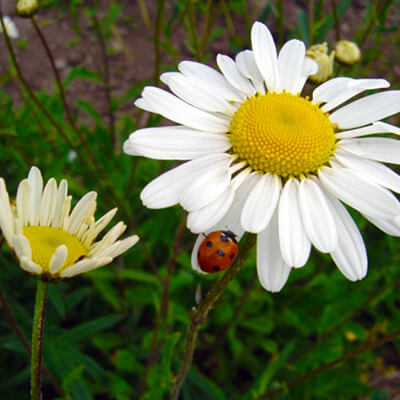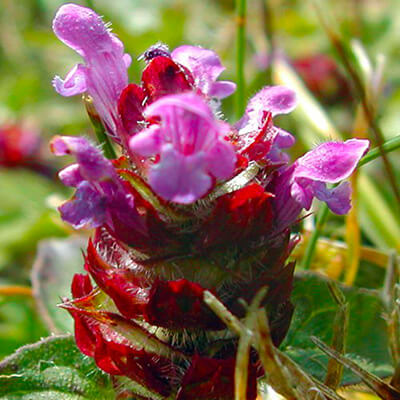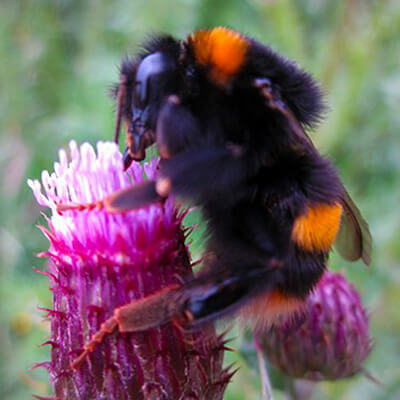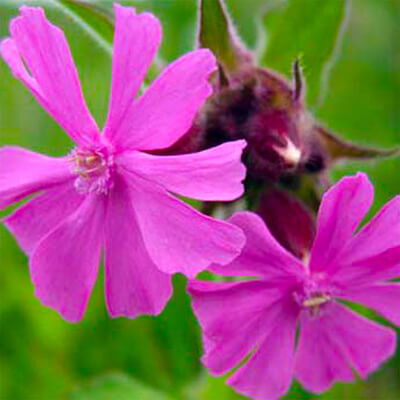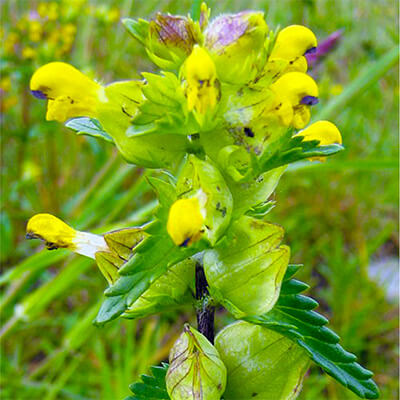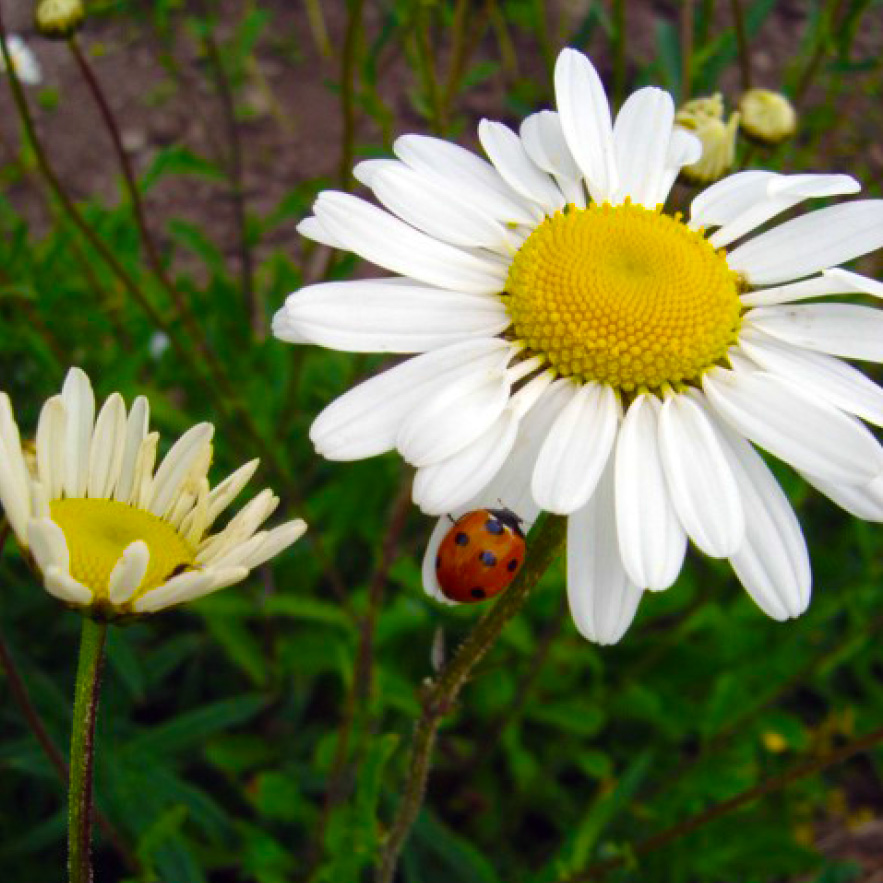
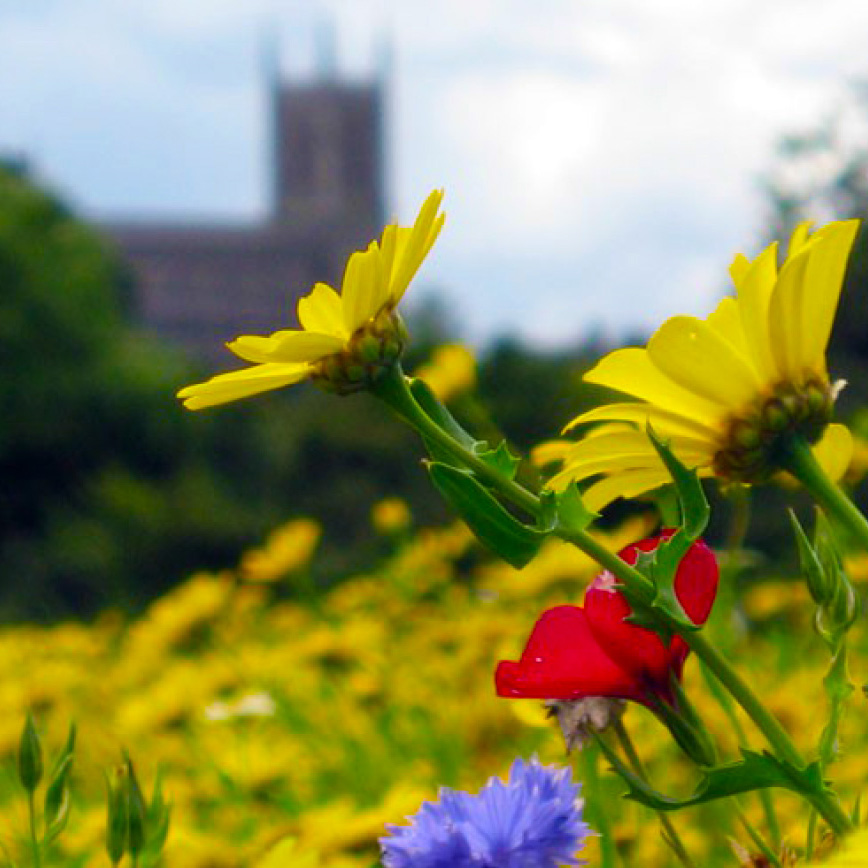
One Year Hi-Colour mixes
These mixes contain annual species only, are reliable to grow, and provide a high density of colour over a long flowering season. However, since they contain some non-indigenous species they are recommended only for domestic gardens and urban areas.
They are available in two variations:
- Hi-Colour Standard
- Hi-Colour Enhanced
- Recommended only for domestic gardens and urban areas
Flowering information
- Contain a mix of Corn Poppy, Corn Marigold, Corn Chamomile, Cornflower, and Corncockle.
- Enhanced mix includes in addition some non-native cottage garden species such as Linum and Calendula, etc. It has been specifically designed with urban areas in mind to provide a cost effective alternative to three-season bedding planting. It provides a long growing season of full colour ideally suited to amenity planting schemes in public places.
- Flowering – typically May to October for a period of one year (after autumn sowing).
- Colours include white, blue, yellow, red, orange, purple, and pink.
- Attractive to insects such as bees and butterflies.
- Enhances biodiversity.
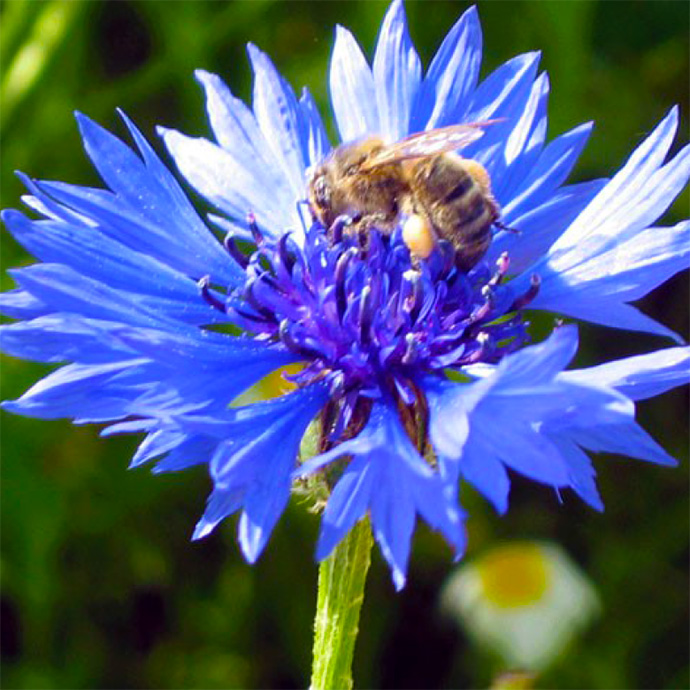
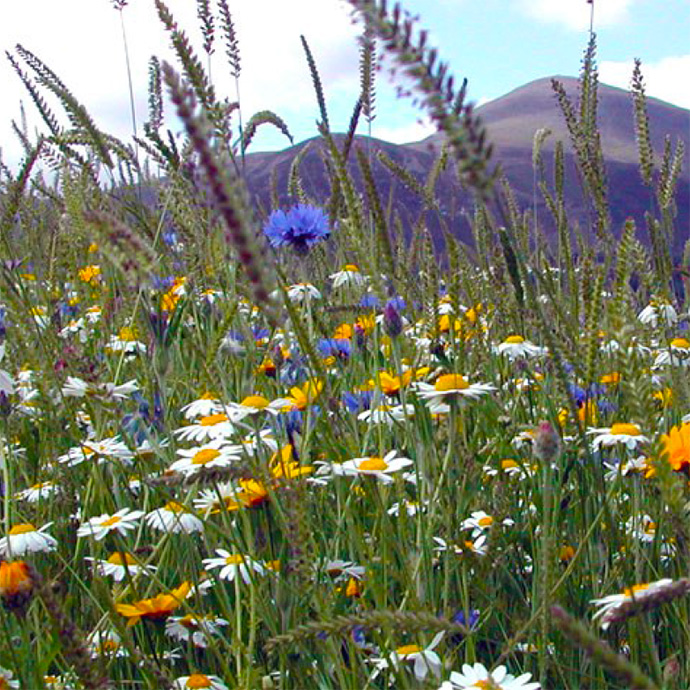
Perennial Hi-Colour mixes
These mixes last for a minimum of four years and contain a mix of 70% wildflowers with 30% fine leaved grasses. They provide colourful, cost effective solutions for larger areas and can be used to create semi-permanent wildflower meadows.
The mixes were designed following research conducted in conjunction with Greenmount College (CAFRE). The composition of the mixes can be adapted to particular soil or site conditions.
They are available in two variations:
- Hi-Colour Standard
- Hi-Colour Enhanced
Flowering information
- Contain a mix of annuals, biennials, perennials, and appropriate fine-leaved meadow grasses.
- Enhanced mix includes in addition cottage garden biennials and perennials attractive to insects. It is designed for urban areas and includes naturalised species that are attractive to wildlife.
- Flowering – spring through autumn for a minimum of four years.
- Attractive to insects such as bees and butterflies.
- Enhances biodiversity.
Flowering sequence
- Year 1: High colour annuals
- Year 2: Biennials and faster growing perennials such as Oxeye Daisy and Red Campion
- Year 3: Slower growing perennials such as Scabious species
- Year 4 onwards: As year 3 but consider introduction of Yellow Rattle if grass is beginning to dominate
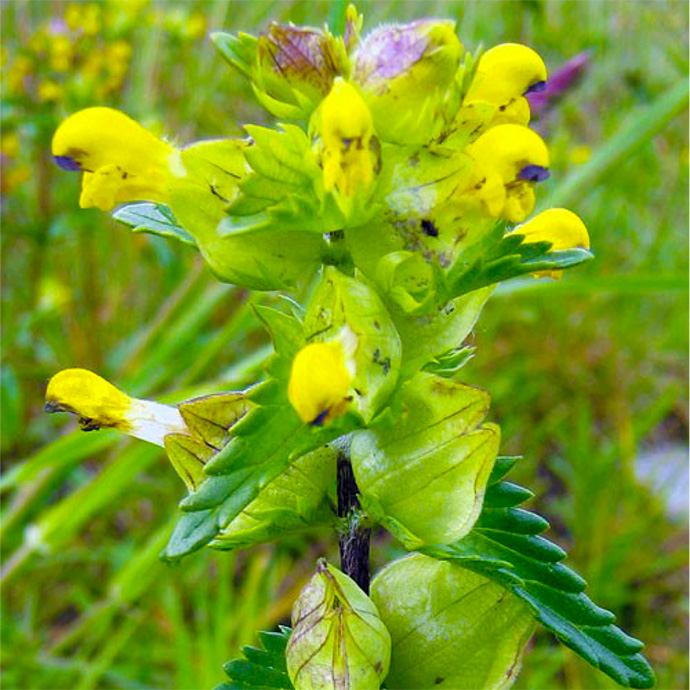
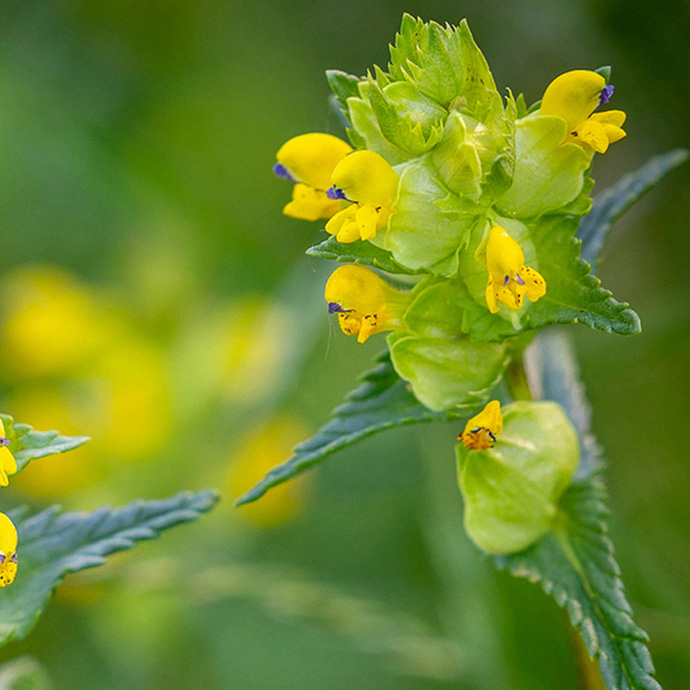
Yellow Rattle
One challenge with some wildflower areas is that grasses tend to take over after a number of years.
Introducing Yellow Rattle to a site that has been sown with a Prennial Hi-Colour mix can enable a semi-permanent wildflower meadow to establish.
Yellow Rattle is a native plant that parasitises the roots of these grasses – thereby reducing the amount of grass and increasing the populations of wildflowers. It can be added to an existing area by over-sowing in the autumn.
For more information please refer to our Yellow Rattle page.
For more information on pricing and ordering the above mixes, please click below.



